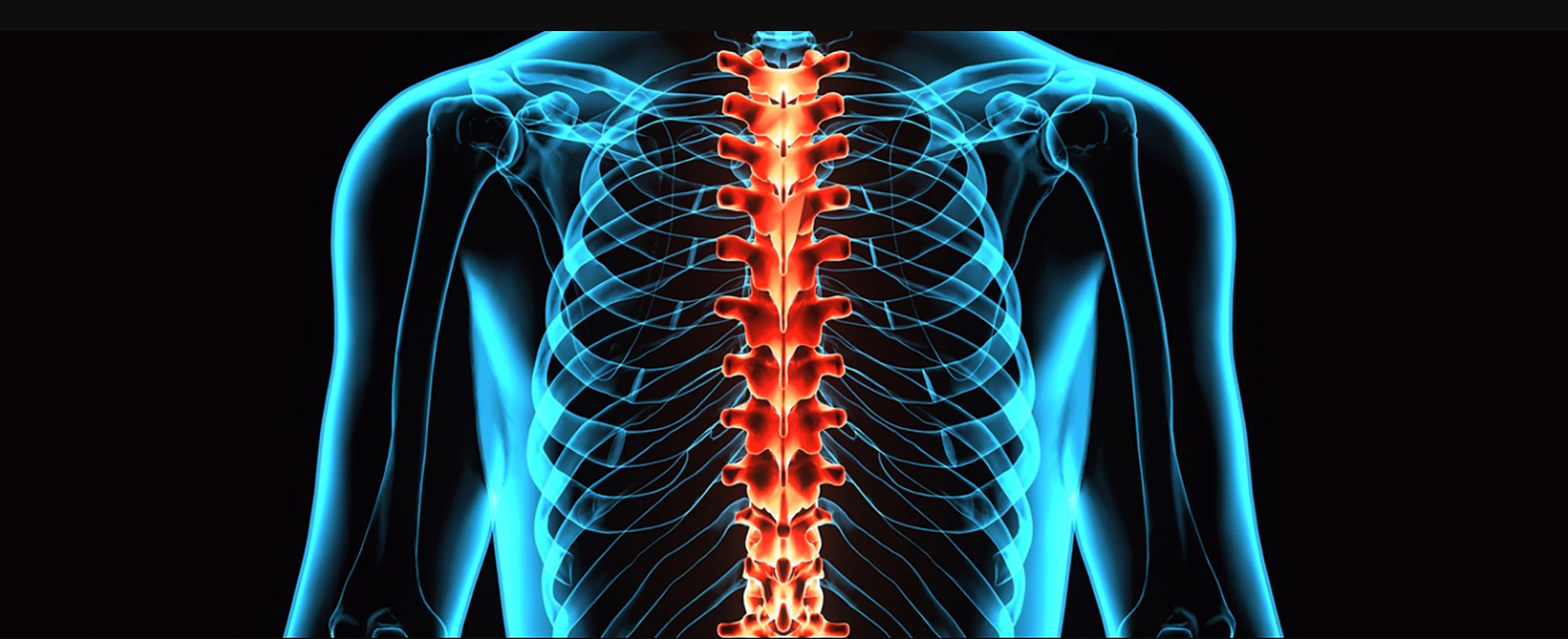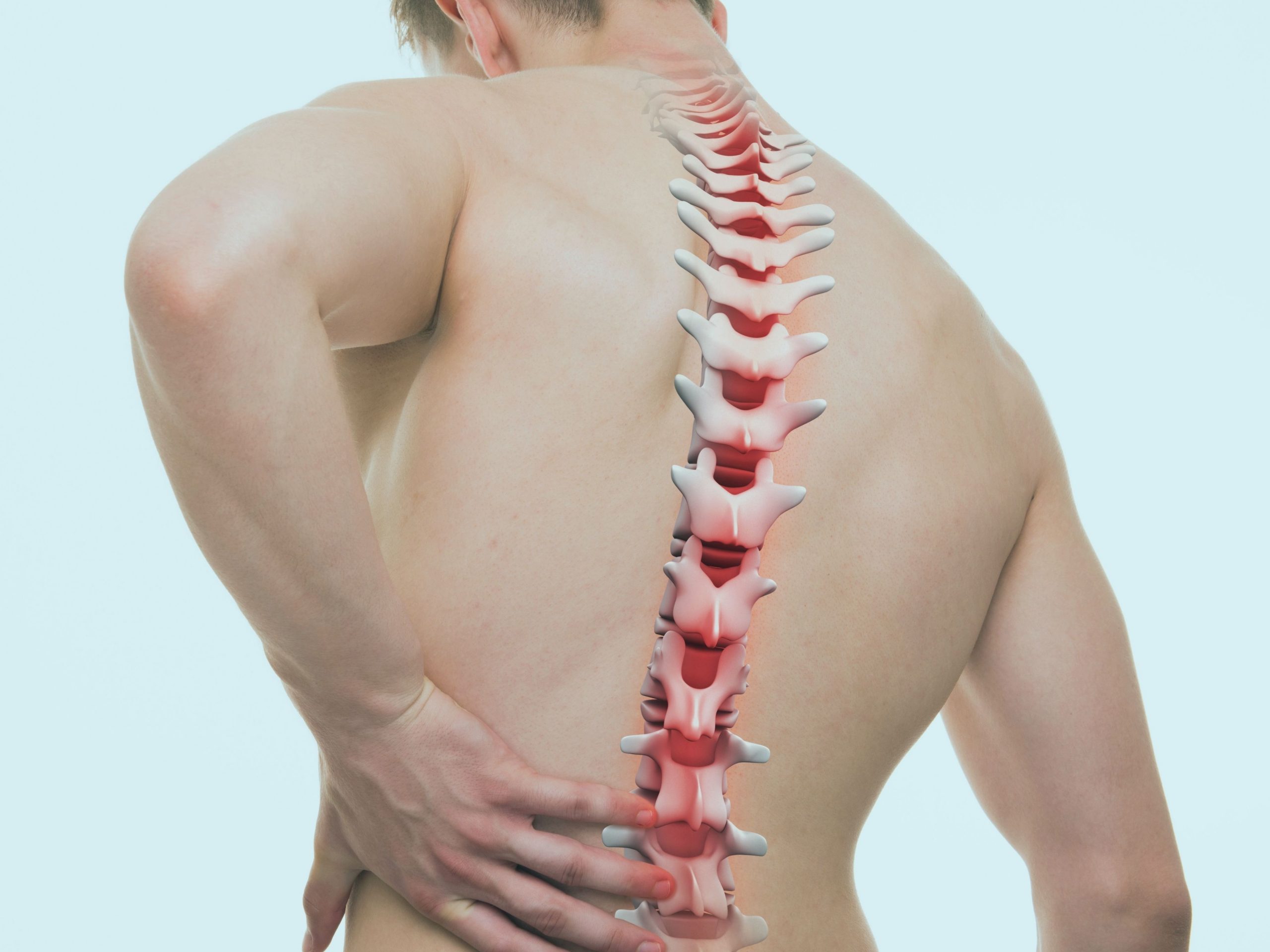
The spine, also known as the backbone, is an incredible structure that serves as the central pillar of our body. Composed of a series of bones called vertebrae, the spine provides stability, flexibility, and protection to our delicate spinal cord. While we often take our spine for granted, it’s a complex and remarkable part of our anatomy. In this article, we will uncover 11 spine facts that will leave you in awe of this essential body part.
The Spine: A Marvel of Engineering
The spine is a masterpiece of design, with three main sections: the cervical spine, thoracic spine, and lumbar spine. Each section has its unique characteristics, allowing for different ranges of motion and supporting specific bodily functions.
- The cervical spine, located in the neck region, consists of seven vertebrae and enables us to turn our heads and nod.
- The thoracic spine, made up of twelve vertebrae, provides stability to the upper body and protects the vital organs housed in the chest.
- The lumbar spine, comprised of five vertebrae, supports the lower back and allows for bending and lifting motions.
The Intervertebral Discs: Nature’s Shock Absorbers
Between each pair of vertebrae lies an intervertebral disc, acting as a cushion and shock absorber. These discs are made of a tough outer layer called the annulus fibrosus and a jelly-like inner core known as the nucleus pulposus. They provide flexibility to the spine and protect it from the impact of daily activities like walking, running, and jumping.
The Spinal Cord: The Body’s Information Highway
Protected by the vertebrae, the spinal cord is a vital component of the central nervous system. It is a relay system, that transmits messages between the brain and the rest of the body. The spinal cord plays a crucial role in coordinating movement, reflexes, and sensory information. Incredibly, the spinal cord contains approximately 13.5 million nerve fibers!

The S-shaped Spine: A Balancing Act
Our spine is not perfectly straight but has a gentle S-shaped curve when viewed from the side. These curves are essential for maintaining balance, absorbing shock, and distributing weight evenly. The cervical and lumbar regions have a slight inward curve (lordosis), while the thoracic region curves outward (kyphosis). These curves help prevent excessive stress on the spine and enhance its resilience.
The Largest Vertebra: Atlas and Axis
Among the 33 vertebrae in the spine, the first two are particularly unique. The first vertebra, called the atlas (C1), supports the skull and allows for nodding motions. The second vertebra, known as the axis (C2), has a distinctive bony projection called the dens that allows the head to rotate from side to side.
The Spine: A Lifelong Growth Story
Did you know that the spine grows throughout our lifetime? As infants, we have a total of 33 vertebrae, but as we age, some of the bones fuse. By adulthood, most individuals have 24 vertebrae due to the fusion of certain segments. This fusion increases the stability of the spine but limits its flexibility.
The Incredible Strength of the Spine
The spine may seem delicate, but it is remarkably strong. It can support the weight of our body, absorb shock, and withstand various forces and movements. However, excessive strain, poor posture, and trauma can lead to spinal issues such as herniated discs, degenerative conditions, or chronic back pain. Taking care of our spine through proper posture, regular exercise, and ergonomic practices is essential for maintaining our health.

The Spine and Height: A Dynamic Relationship
Believe it or not, the health of our spine can influence our height. Throughout the day, due to gravity and the pressure on our intervertebral discs, our spine undergoes slight compression. This compression causes us to be slightly shorter at the end of the day compared to when we wake up in the morning. When we sleep, the discs rehydrate, and the spine decompresses, restoring our height. However, poor posture and certain spinal conditions can lead to permanent height loss.
The Spine and Posture: A Critical Connection
Maintaining good posture is not just about appearances; it plays a significant role in spinal health. Poor posture, such as slouching or hunching over, can strain the muscles, ligaments, and discs of the spine, leading to discomfort and long-term issues. Practicing proper posture habits, including sitting up straight, keeping the shoulders back, and aligning the ears with the shoulders, helps distribute the forces evenly along the spine, reducing the risk of pain and injury.
Spinal Cord Injuries: Navigating New Challenges
Injuries to the spinal cord can have life-altering consequences. Depending on the location and severity of the injury, paralysis or loss of sensation may occur below the affected area. These injuries require specialized medical care and rehabilitation to help individuals adapt to new circumstances and regain independence. Ongoing research and advancements in medical technology offer hope for improved treatments and potential spinal cord regeneration in the future.

Caring for Your Spine: Tips for a Healthy Back
Cultivating good spine care habits is crucial for maintaining a healthy back. Here are a few essential tips to keep in mind:
- Exercise regularly: Engage in activities that strengthen the muscles supporting the spine, such as walking, swimming, or yoga.
- Lift with caution: When lifting heavy objects, use your leg muscles, keep the object close to your body, and avoid twisting motions.
- Maintain a healthy weight: Excess weight puts additional strain on the spine, increasing the risk of back problems.
- Practice ergonomics: Ensure your work environment is ergonomic, with a supportive chair, proper desk height, and adequate lumbar support.
- Stay mindful of posture: Pay attention to your posture throughout the day, whether sitting, standing, or walking. Take breaks to stretch and adjust your position.
Conclusion
Our spine is a truly remarkable structure that deserves our attention and care. From providing support and flexibility to protecting the spinal cord, the spine is integral to our overall well-being. By understanding these fascinating spine facts and adopting healthy habits, we can promote spinal health, prevent injuries, and enjoy a pain-free life.
Frequently Asked Questions (FAQs)
What are common signs of a spinal cord injury?
Common signs of a spinal cord injury include loss of movement, sensation, or reflexes, intense pain or pressure in the back or neck, difficulty breathing, and incontinence. If you suspect a spinal cord injury, seek immediate medical attention.
Can a herniated disc heal on its own?
In some cases, a herniated disc can heal on its own with conservative treatment such as rest, physical therapy, and pain medication. However, severe or persistent cases may require more intensive treatments like injections or surgery.
Is it normal for the spine to make cracking or popping sounds?
Yes, it is normal for the spine to make cracking or popping sounds, known as crepitus. This is often due to the movement of joints and the release of gas bubbles within the synovial fluid. However, if accompanied by pain or discomfort, it is advisable to consult a healthcare professional.
Can poor posture lead to long-term spinal issues?
Yes, poor posture can lead to long-term spinal issues. Continuous slouching or hunching can strain the muscles, ligaments, and discs of the spine, potentially causing chronic pain, structural imbalances, and increased susceptibility to injuries.
Are there any natural ways to alleviate back pain?
Yes, several natural remedies can help alleviate back pain. These include regular exercise, stretching, applying hot or cold packs, practicing good posture, maintaining a healthy weight, and avoiding prolonged sitting or standing. However, it is always advisable to consult a healthcare professional for personalized guidance.
Was this page helpful?
Our commitment to delivering trustworthy and engaging content is at the heart of what we do. Each fact on our site is contributed by real users like you, bringing a wealth of diverse insights and information. To ensure the highest standards of accuracy and reliability, our dedicated editors meticulously review each submission. This process guarantees that the facts we share are not only fascinating but also credible. Trust in our commitment to quality and authenticity as you explore and learn with us.
